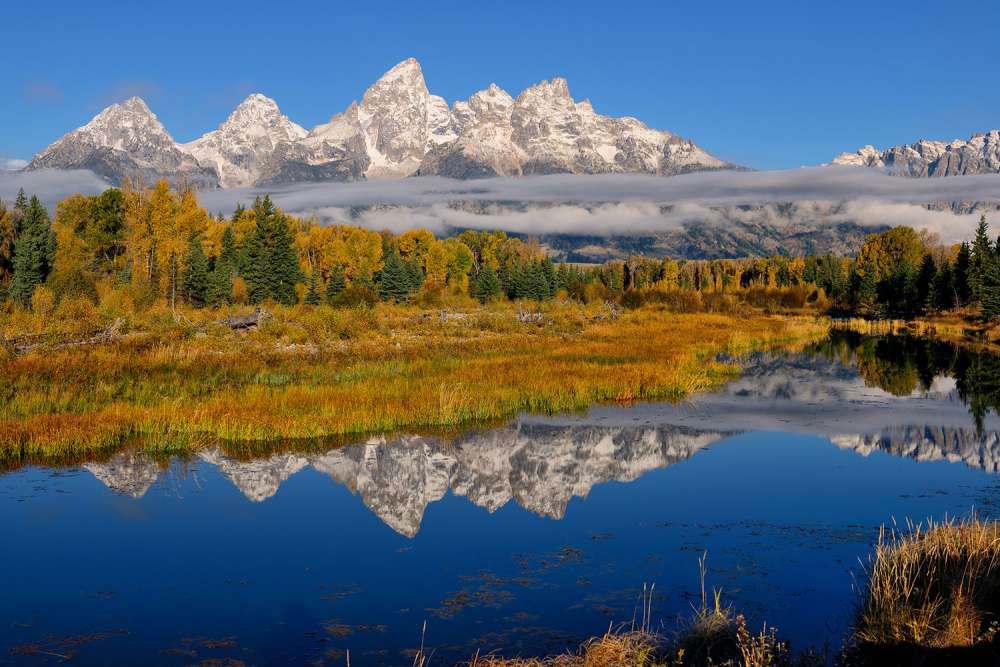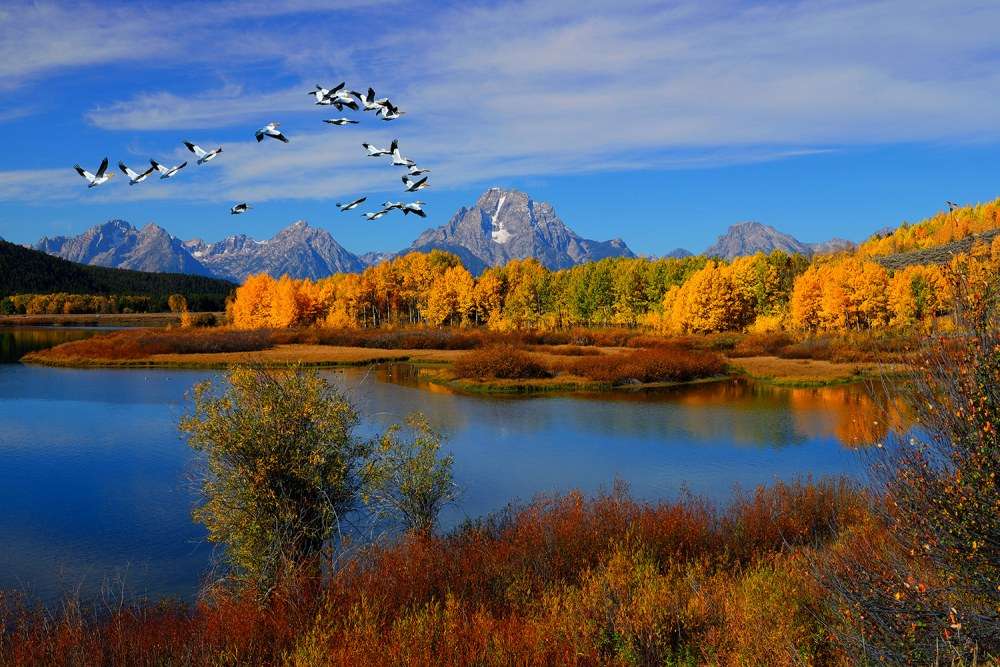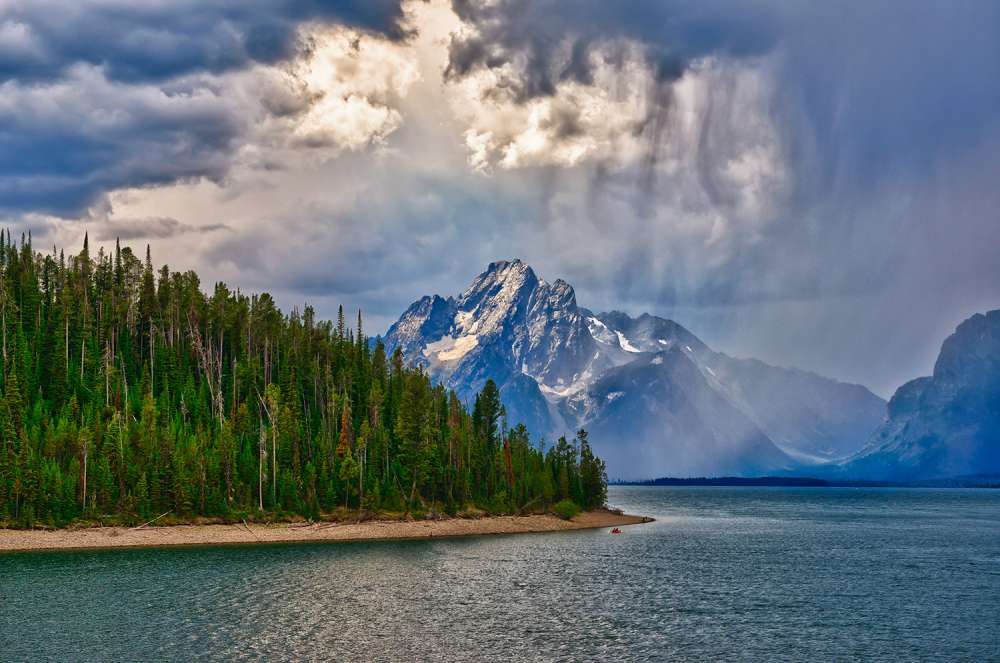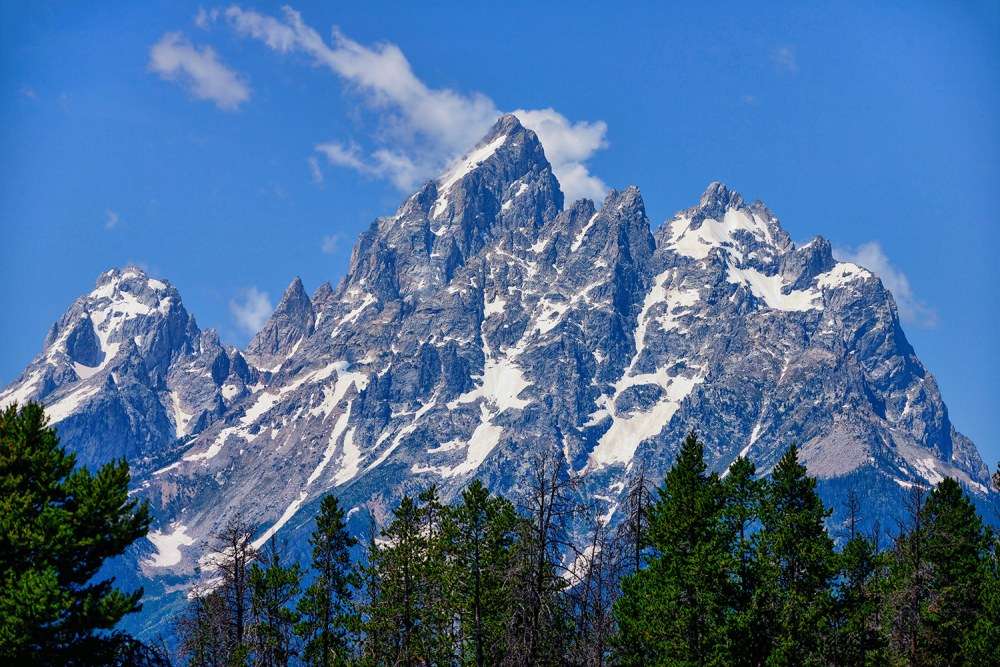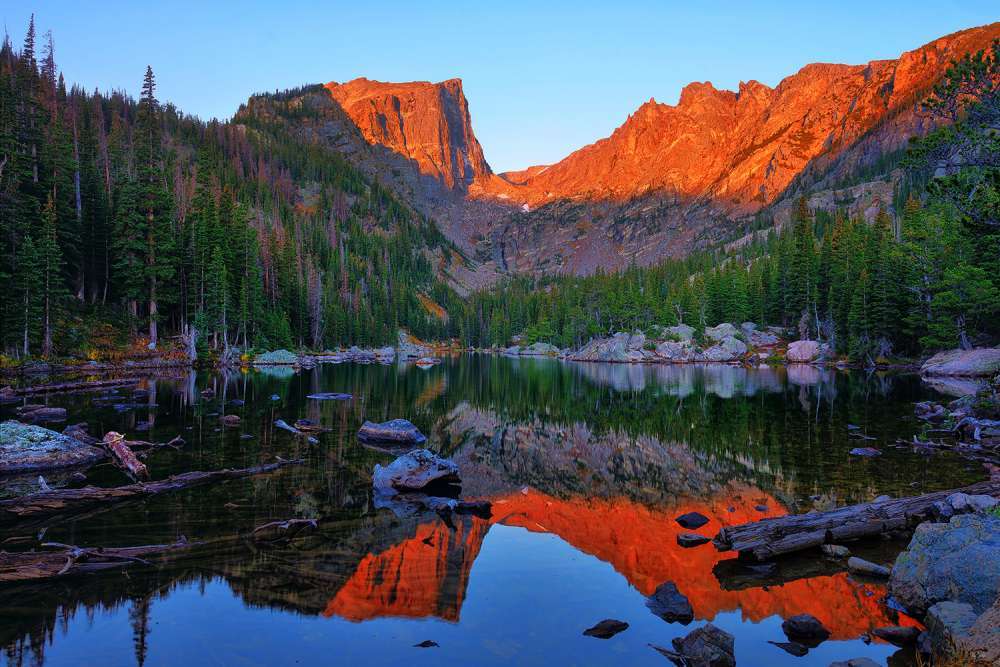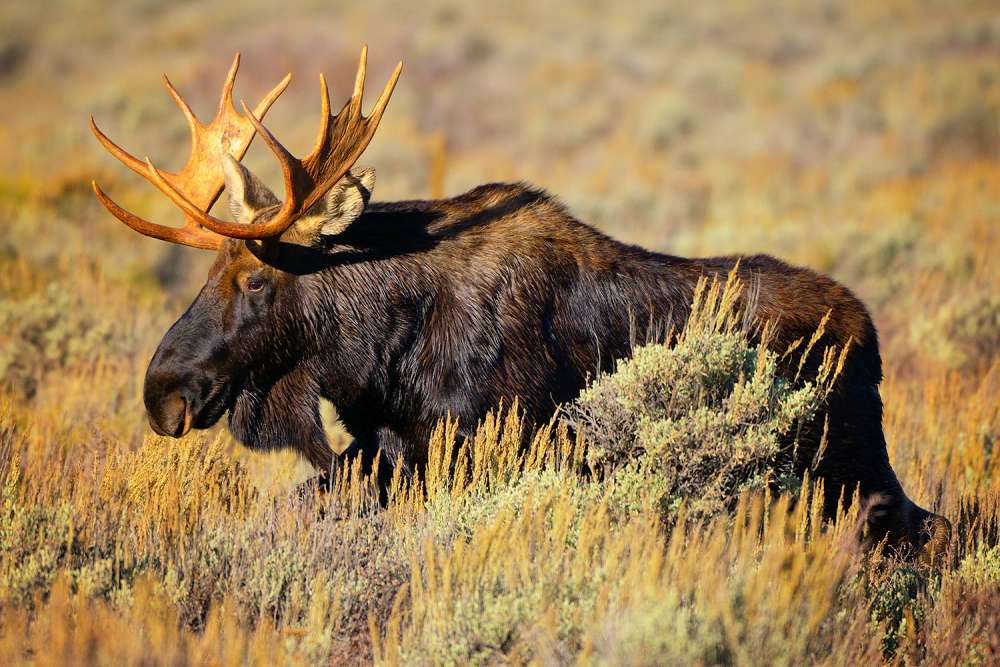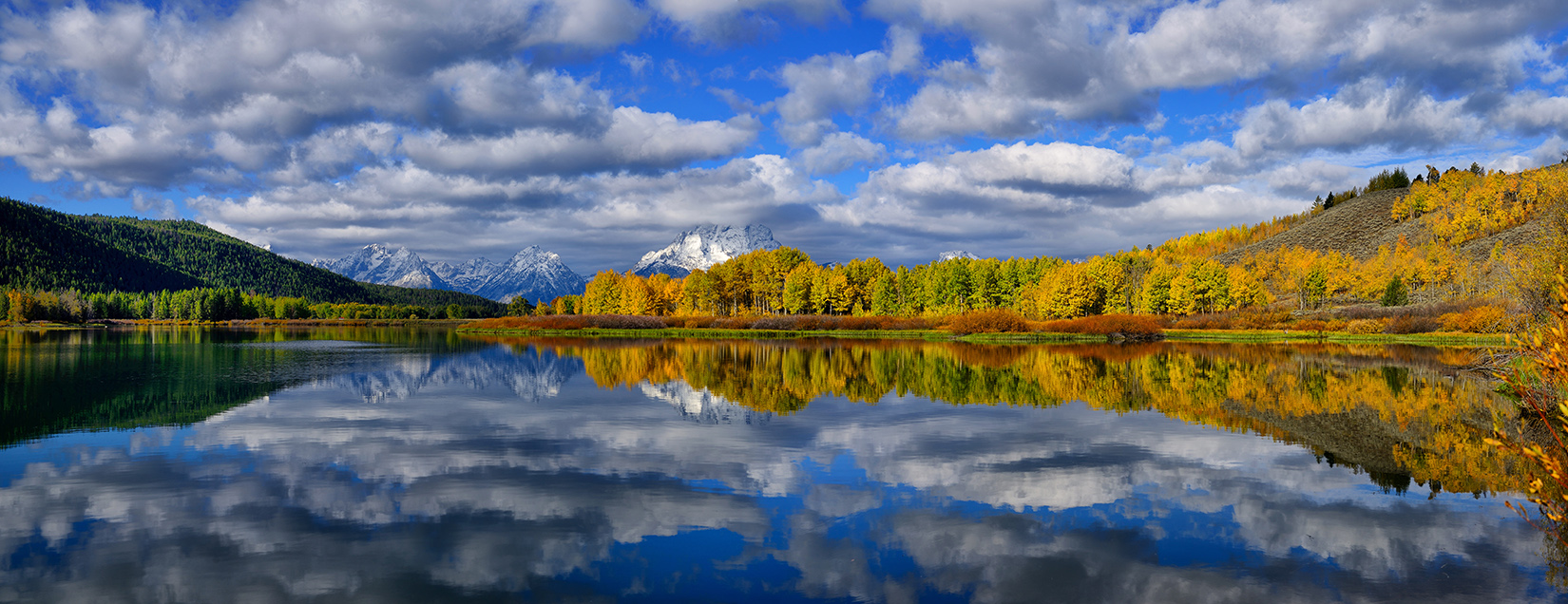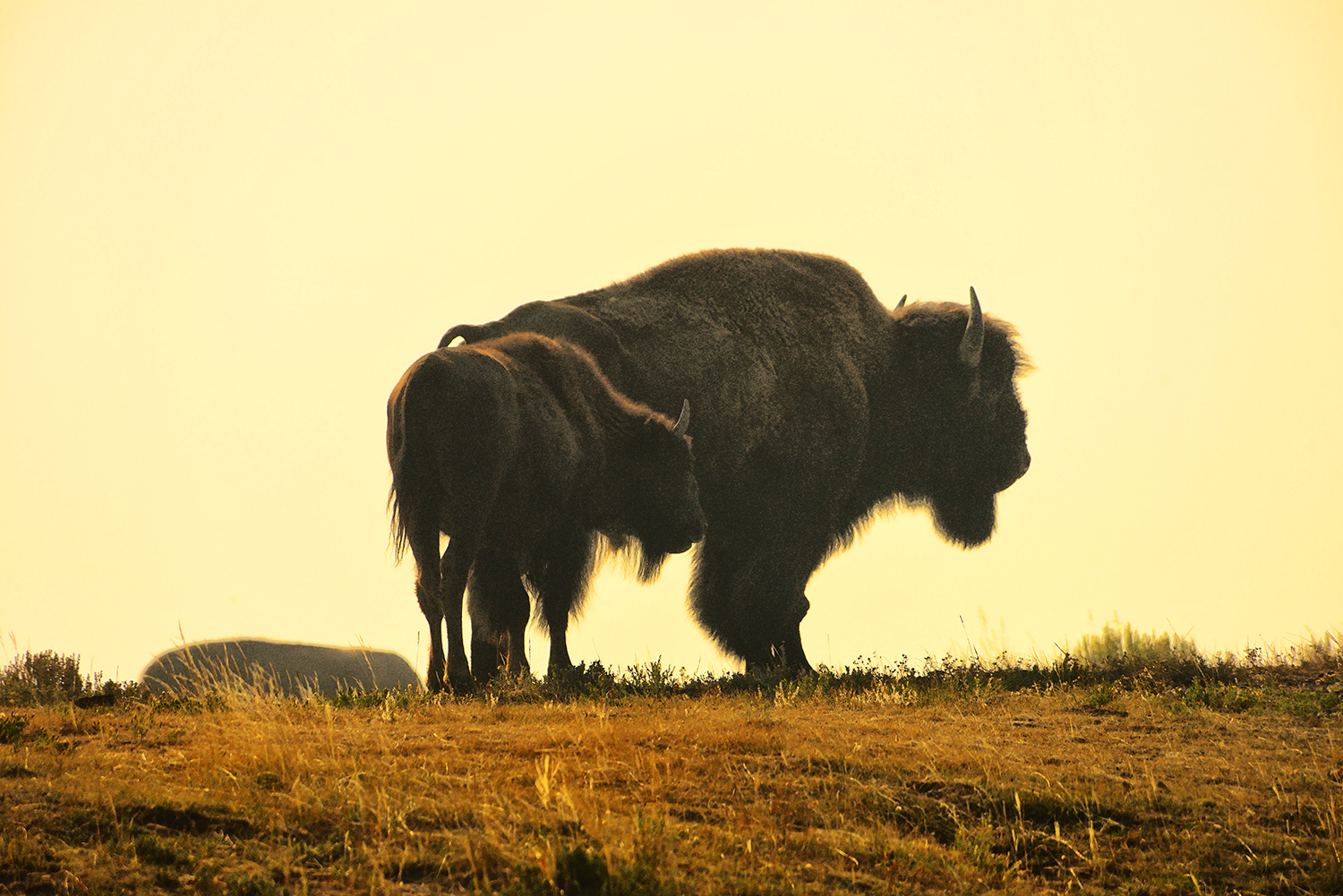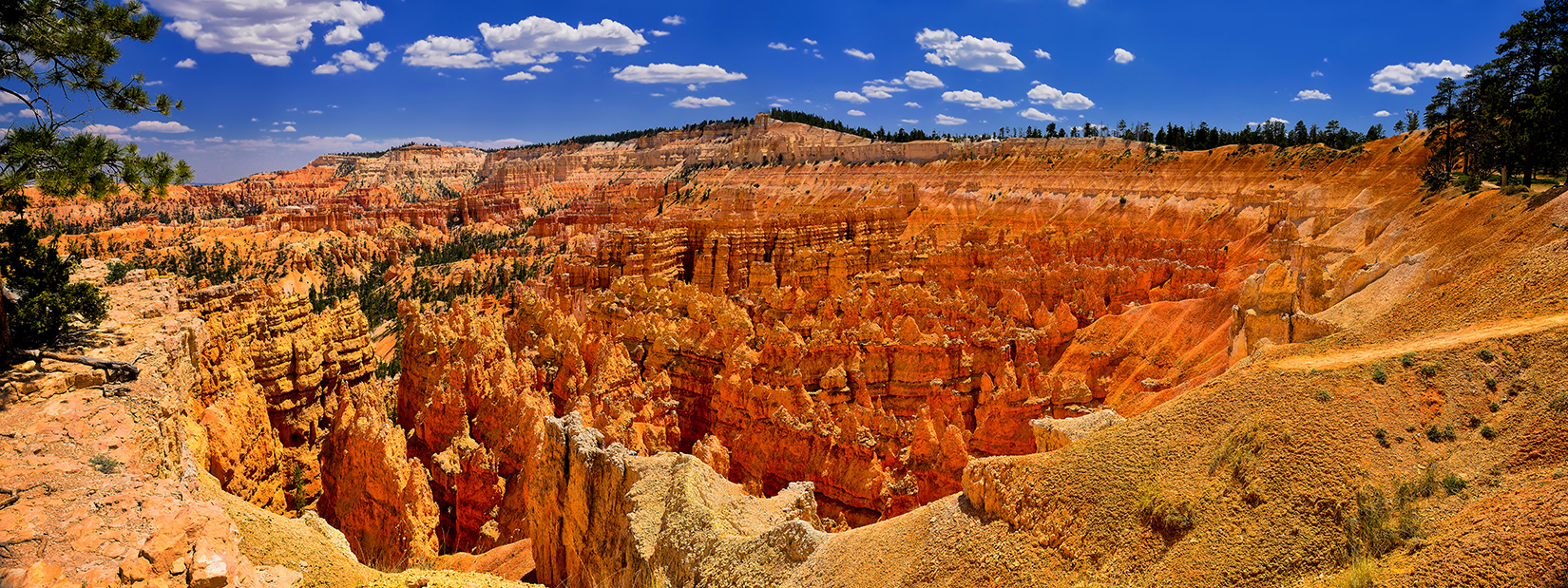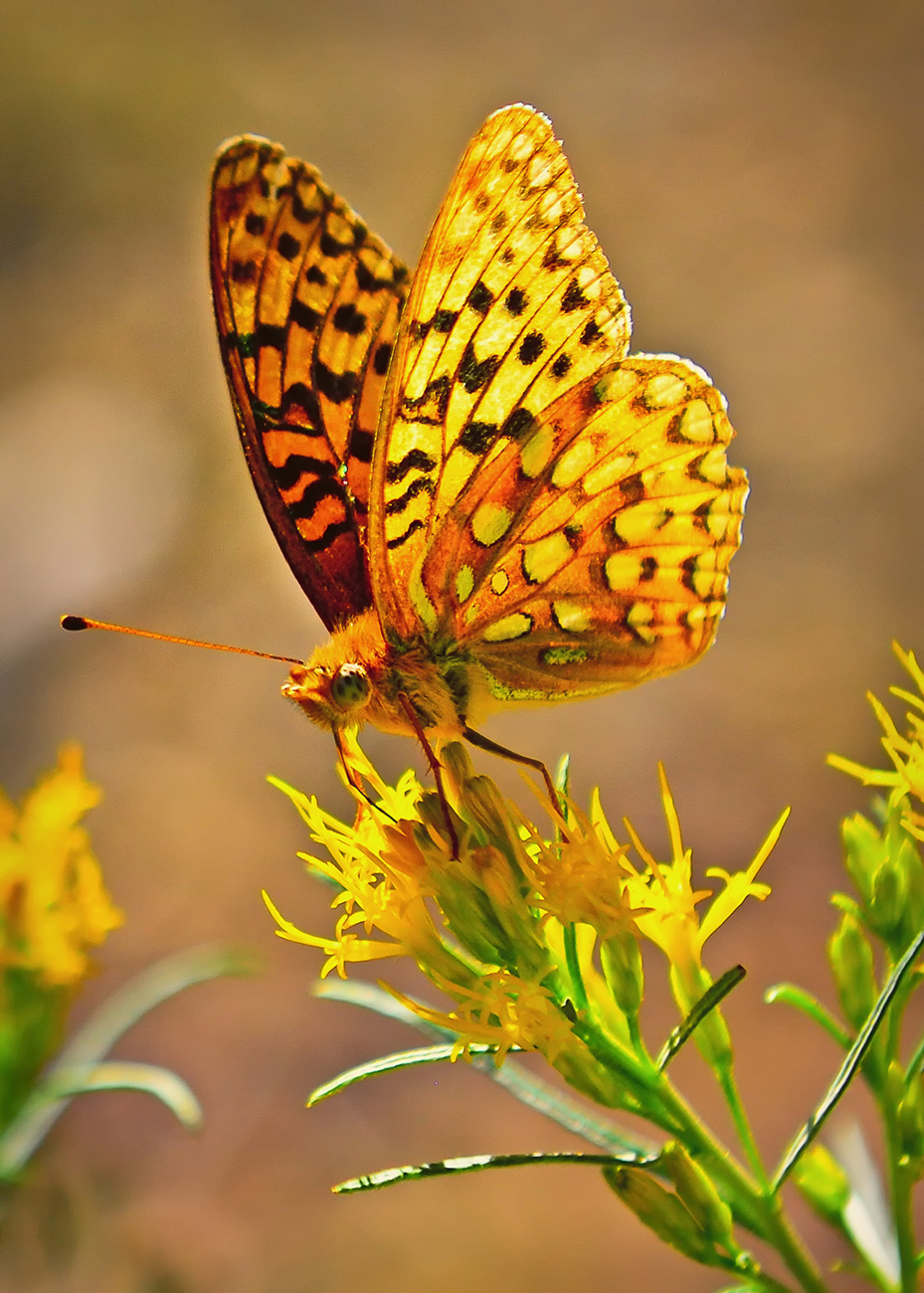After spending about twenty minutes shooting as the light worked its way down the mountains, I figured since I was already there, I might as well head to nearby Bradley Lake, just about a mile and a half from Taggart, climbing over a glacial moraine that separates the two lakes. Obviously I wouldn’t get the first light there too, but the air remained calm and the reflection should be nice. So up and over the hill I went. After descending from the top of the moraine down to Bradley, it was perfectly still and a spectacular scene. Maybe another time I’ll make it there too for first light.
After finishing shooting at Bradley, I began the hike back to the parking area. The sun was climbing higher and higher in the sky. Before long, I saw the first of the morning hikers heading toward the lake. “Hi…good morning…how are you?”.
Technical Info:
The Taggart Lake shot is an HDR (high dynamic range) composite of three shots taken with a Nikon D800E and a 24-70mm f/2.8 lens at f/9, ISO100, and a focal length of 27mm. The dynamic range in nature of such a scene, with bright sun on the peaks and the foreground still mostly dark necessitates the use of HDR processing to ‘shoe-horn’ the dynamic range into something adequately represented in a digital image. Without HDR processing, the peaks would be overly exposed and the foreground almost black. The HDR process doesn’t have to produce the grungy appearance commonly associated with this type of processing. It can be a simple tool allowing our cameras to better match what we see with our eyes.
The Bradley Lake shot was produced from two shots taken with a Nikon D800E and a 16-28mm f/2.8 lens at f/9, ISO100, and a focal length of 18mm. With the sun higher in the sky for this shot, HDR processing was not needed. The dynamic range of the scene was approximately what the camera was capable of capturing. The dark rocks along the lake shore, however, were very dark in a single exposure of 1/100s. So a second shot with an exposure of 1/50s was taken, and a luminosity mask was used to blend the foreground of the lake shore of the longer exposure into the overall image with the shorter exposure. Employing luminosity masks takes a bit more practice than simply using HDR software, but can produce a more natural look when the dynamic range of a nature scene is close or just exceeds the capability of a camera.

